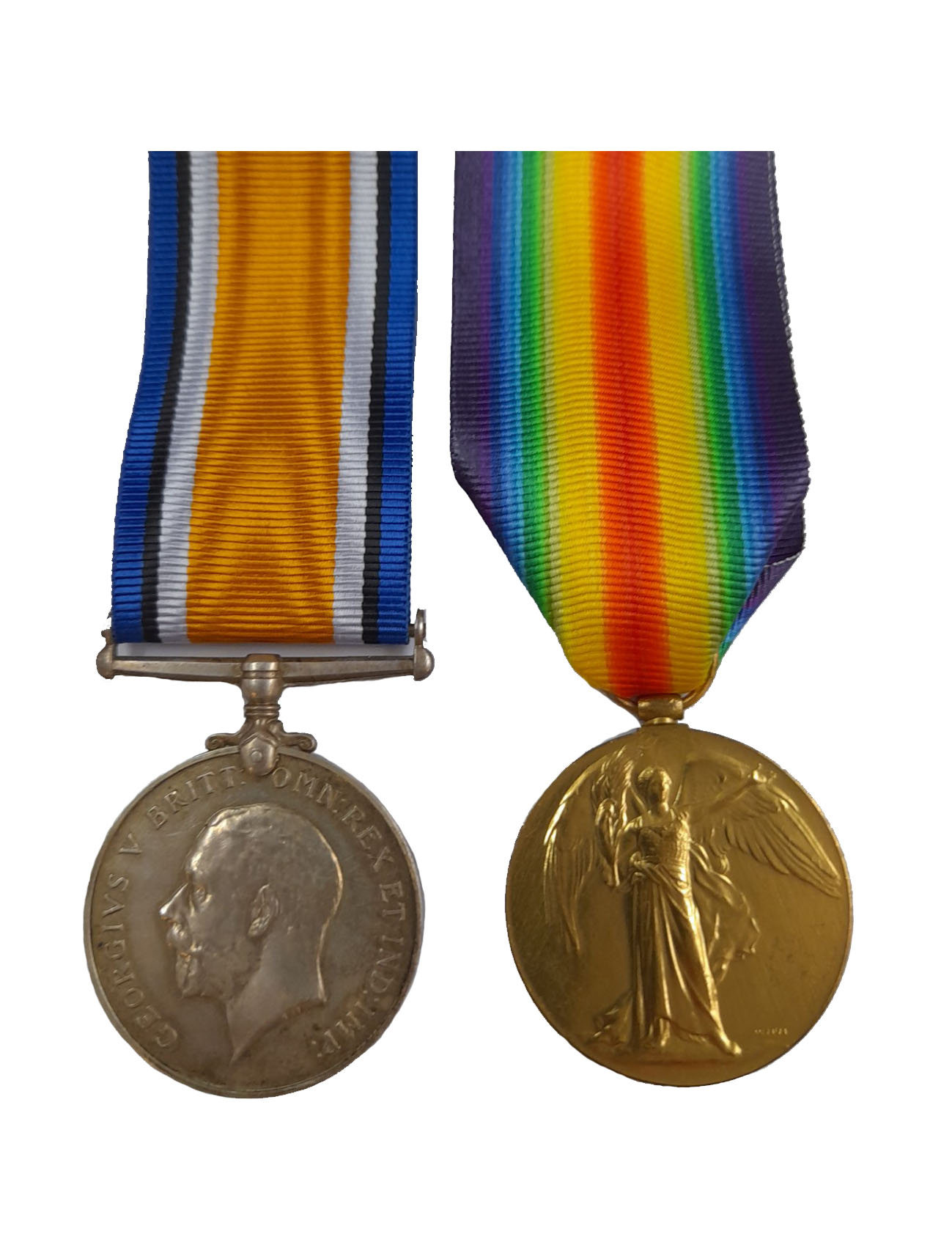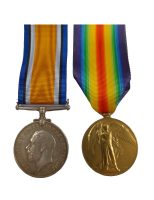Description
The Battle of Passchendaele, Hill 37 Attack, Casualty Pair awarded to Captain William Younger Criag, 1/5th Battalion The King’s (Liverpool Regiment) who was Killed in Action on the 20th of September 1917 comprising 1914-1920 British War and Victory Medals (Capt. W.Y. Craig),
On the evening of 18 September 1917, the 5th Battalion moved into trenches in the right sub-sector of the front near Potjie, south-east of Sint Juliaan, and on the evening of 19 September, it, together with the rest of 165th Brigade, formed up for the attack on the following day. The Brigade was assigned three objectives: 7th Battalion on the right and 9th Battalion on the left were to capture Red and Yellow Lines, supported respectively by 5th and 6th Battalions, who were to capture Green Line. But in the process, every effort was to be made to capture a German strong-point known as Hill 37. So, on the morning of 20 September, the 5th Battalion passed through the 7th Battalion, took the Green Line and consolidated this position, which ran from Hill 37 on the left to Zevencote on the right. Then, at 11.45 hours, the 5th Battalion reported to Brigade HQ that they were holding Ditch Trench but that no-one was on their left, where the Germans were holding Hill 37 in great strength. Whereupon the 9th Battalion collected all available men, including the 5th South Lancashire Battalion from 166th Brigade, and cleared the area in preparation for an organized attack on Hill 37 from the west. The 5th Battalion were ordered to attack the Hill as soon as they saw the three-Battalion attack developing on their left: this happened at 15.35 hours and the Hill was captured by 17.10 hours, after which the position was consolidated in depth in line with Plumer’s tactical thinking. Captured strong-points and dug-outs were garrisoned; a continuous trench was dug along the front line with dug-outs positioned out in front of it; supporting points were made to the rear of the trench and garrisoned in readiness for successful counter-attacks; and captured machine-guns were got into action by the infantry, who had been taught how to work them.
Although the offensive of 20 September 1917 was successful, the 5th Battalion lost 176 ORs and nine officers killed, wounded or missing, one of whom was an Officer called Walker, even though the Battalion War Diary does not name the four officers who were killed in action during the attack. The Commanding Officer, Lieutenant-Colonel (later Colonel, CMG, DSO, TD, JP, DL) John Joseph Shute wrote:
“I buried four officers in a little grave near the trenches marked by a little white cross, and there they lie, a stimulus to us others who are still left to go on, without faltering, until the Great Victory of Right is finally secured.”
William Younger Craig was Commissioned into the 5th Battalion The King’s on the 26th of November 1914 he joined the Battalion in France on the 29th of July 1917, William now has no known grave and is commemorated on Panels 31–34, Tyne Cot Memorial, Belgium.
Sold with Copy Medal Index Card confirming the Pair, London Gazette and Commonwealth War Graves Commission details, and extract from Battalion War Diary. There is an Officer’s File for Captain Craig at the National Archives under reference WO/374/16300.




